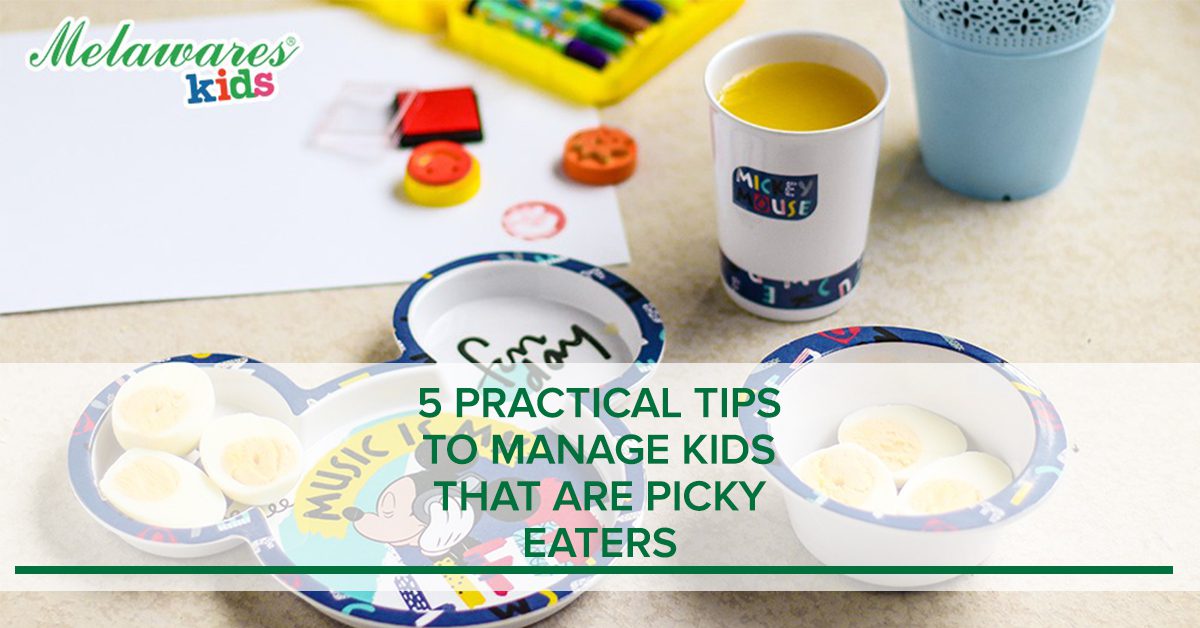5 Practical Tips to Manage Kids that are Picky Eaters
6:36 PM July 20, 2018, Friday
News and Blogs, News and Updates, News Archives

Let’s face it – Some kids can be difficult to manage during meal times. Picky eating is common among younger children, and most parents go through this stage at one point or another. While it is a significant cause of worry among parents, it is perfectly normal.
While children are growing up, they will be exposed to numerous kinds of food. Some kids won’t dare try them, while some will only eat them if they’re prepared in certain way that is familiar to them. Kids will reject food based on a number of reasons, which includes smell, taste, texture, or even color. While parents have the best motives to encourage children to eat more nutritious food like fruits and vegetables, sometimes it turns into a negative experience for the kids.
Here are some tips to create a fun and manageable mealtime experience for everyone involved:
-
Introduce them to a routine early on
One of the most important aspects of eating healthy is having a routine. Serving meals at the same time everyday will allow kids to keep track of mealtimes and to eventually make it a habit to make their way to the dinner table at specific times. Having a routine will also help parents keep track of the time. Snacks, sodas, and other sugary drinks should not be served at least an hour before meals to make sure kids will have an appetite when it’s time to eat.

-
Be patient and respect your child’s appetite
If your child is not hungry, don’t force them to eat. There’s no need to force them to eat certain foods or empty their plate. Doing so may cause a negative experience for them that they might associate with mealtimes moving forward. Try serving smaller portions and give them the opportunity to ask for more food.
Don’t pressure, persuade, reward, or praise kids for eating new foods. Take the focus away from the ‘eating’ and more on respecting your children’s preference and keeping them healthy. If they’re not ready to try something new, keep an open mind and offer it again during the next mealtime.
Research has shown that it can take about 10 times of trying a food to know if you like it or not. Allow your children to make their own opinions, but also give them the opportunity to explore more varieties of food.
-
Set a good example
Practice what you preach. If you’re serving your kids broccoli, make sure you also have broccoli on your plate. Show your kids that you’re enjoying your meal and encourage them to try it as well. Be a role model for your children.
-
Minimize distractions
While you don’t want to give too much attention to your children’s eating habits, they should still be seated at the dinner table during mealtimes. Even if they have rejected the food placed in front of them, encourage them to remain at the table for the designated time. They shouldn’t be focused on the TV or other electronic devices, but instead engage in light conversation and ask them about foods that they enjoy.
-
Make it fun
Let your kids be excited for mealtimes. Allow them to choose the menu once a week. Take them for grocery trips and get them involved in the process of preparing meals. They’ll be motivated to try new foods if they helped prepare them.

Another tip would be to prepare dishes with a lot of color, or arrange food in fun ways like animal shapes, cartoons, or faces. According to a Cornell study, kids are attracted to visually appealing food plates with seven different items and six different colors. If preparing seven different food items is too much, consider using colorful plates to boost your picky eaters appetite. By making mealtime enjoyable, your kids are more likely to want to eat at the table and try and new foods.
Tags
